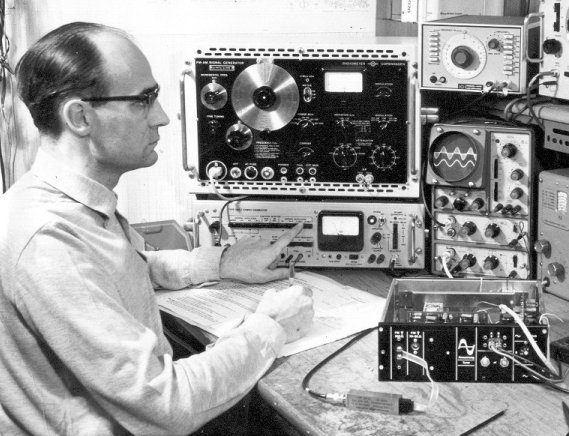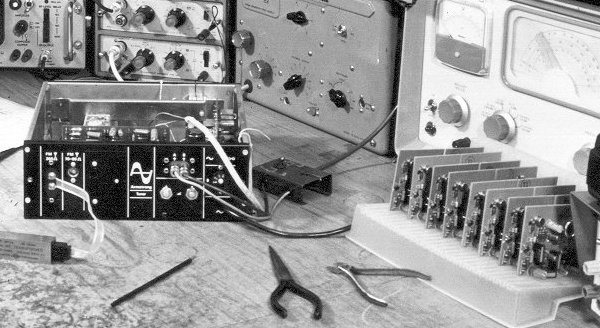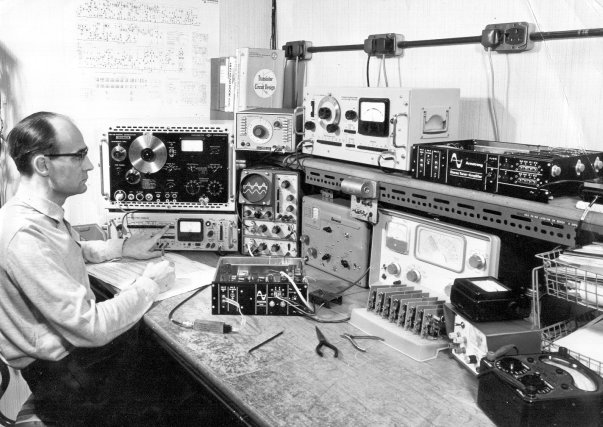


| FM coverage | 88 - 109 MHz | Sensitivity | 1·5 microV (mono) 5 microV (stereo) |
| IF | 10·7MHz centre | 220kHz bw (-6dB) | 80dB rejection |
| Frequency Response | 30 Hz - 15 kHz ±1dB | Separation | 30dB |
| Hum and Noise | -60dB | Filters | 38kHz, -40dB |
| AM section | 4kHz bw | 5 microV sensitivity | mw/lw |

